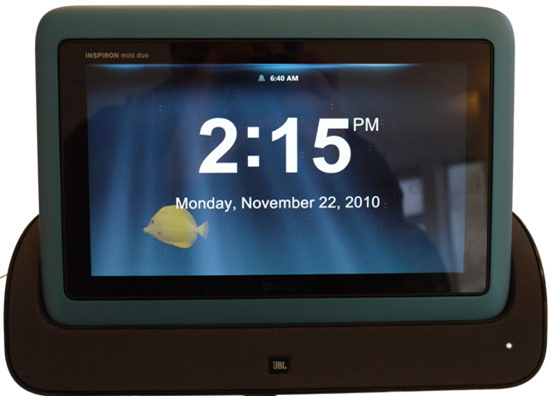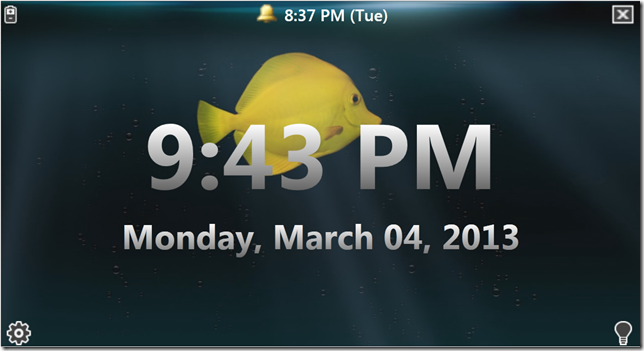When Windows 8 came out, I had planned on making a Windows Store app that would be an alarm clock with sound soother for falling asleep. Hardly a new idea. In fact, I was driven more by personal need than personal gain. I have the Dell Inspiron Duo. The original one, with the JBL audio dock. It’s possibly the best-designed multifunction consumer device. The custom dock triggers an app that can be used as a slideshow (like on an office or counter, replacing a digital photo frame), or as an alarm clock (best kept bedside). The point is, when you’re not using it as a laptop or tablet, you’re using it as something else.
Well, you may know that this product got justifiably poor reviews because of its weight/battery life ratio and isn’t in production or even in warranty anymore. Regardless, I own one and I have two docks, one at home and one at work. One day I decided to upgrade to Windows 8 and the clock app wouldn’t launch anymore. This was heartbreaking for me. And until a recent explosion of programming motivation, I just used the dock as a charging station.
But tonight is the first live run of my replacement app for the Inspiron Duo “DockClock” or “DuoStage” or whatever they called it. I’m pleased that I was able to come up with a technique for detecting when the laptop was docked as well as discovering the method for putting the screen to sleep on command. The rest, involving background sounds, alarm timing, and background animation was easy work.
The original:
My prototype, with corner controls displayed:
My main regret is that I waited so long to write this app, since there’s a lot of Duo owners out there that have probably lost their capability to use the alarm clock in their docks. But once I’ve given it sufficient personal testing, I’ll put it out there for download.
Oh, and as a passing mention, it appears I’m in my fifth year of posting on this blog. I sure didn’t expect that. There’s a lot of history in here, with some really low points in my life. Despite that, I’d have to say that the present is truly a high point of my life. Will there be another five years? Who knows?

